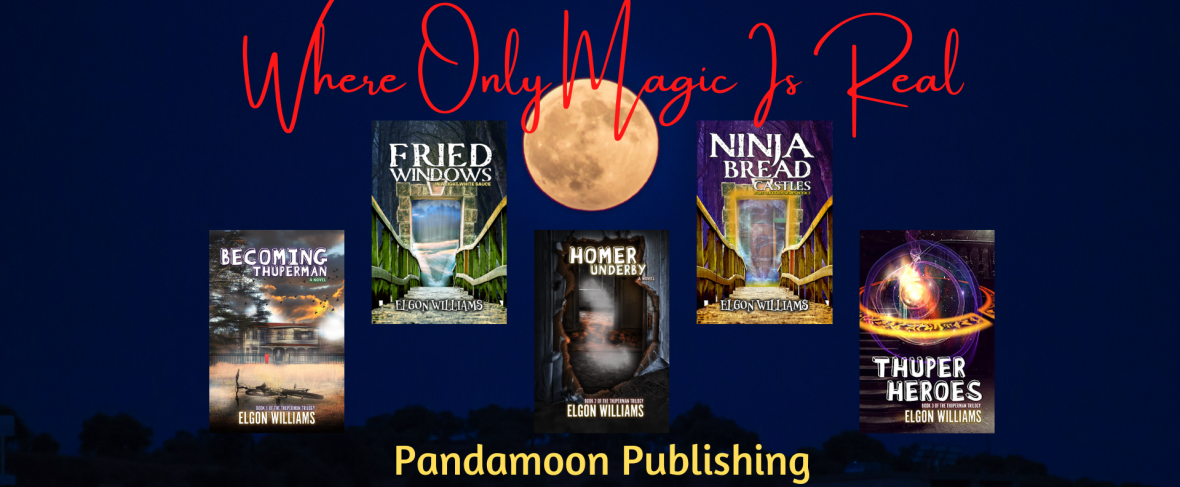
Has it really been 15 years? I guess so. That was the last time I was in a similar situation – frustrated to the extreme with Microsoft Windows. Granted, there have been interim occasions of dissatisfaction with the powers that be in Redmond, WA, but none rose to the level of my issues with Windows Vista.
In 2006, I bought into the hype for the next edition of latest and greatest OS in the world. I’d been a long term Windows user since 3.1 and as a computer tech, I knew most of the tips and tricks to fix things whenever anything went amiss. Windows XP was by far my favorite version, though Windows 2000 was a close second. It was by far the most stable and Microsoft OS that still offered the ease of connection to USB devices on the fly, a great advancement over Windows NT 4. But 2000 was intended for business. So the mainstream was stuck between Windows 98 and all its issues and Windows ME, with its even worse issues. All Windows XP had to be was better than its consumer OS predecessors, which admittedly was a fairly low bar. Still, anyone who was alive back then and used a computer regularly probably had an overall positive experience with XP.
As Window’s successor, Vista offered lots of eye-candy, gee-whiz features. On the surface it was attractive, but its system requirements for having all those things turned on was staggering. And even then, state of the art machines running it seemed sluggish at times. For how damned pretty it could be, most people didn’t use versions with all the bells and whistles simply because they didn’t need such configurations. Also, there was an extensive and confusing assortment of flavors to choose from. The problem with Vista was that it seemed more like an OS designed by a marketing team than a functional operating system intended for productivity during the day and entertainment during the evening. Essentially most people didn’t get the point of Vista and so, they didn’t buy into it. Unless they just bought a machine with it preinstalled, they didn’t use it. For the majority of Windows users who were on XP, nothing was wrong with what they were using. If they were up-to-date with the security packages, Vista just wasn’t a compelling alternative.
But then, there was me. I worked in a computer store at the time. And that usually meant that Microsoft would issue complimentary discs of the new operating system to employees so that they could experience the differences first and and recommend the OS to customers. For whatever reason, MS decided not to do that with Vista. Maybe they didn’t want all us techies knowing first hand what a bloated piece of crap Vista was. I can’t say. But I managed to get a copy of Vista, the ultimate version with all the bells and whistles because I had a machine at home with the specifications to run it. Once it was installed, it was gorgeous. But it also made my system struggle. It was noticeably slower. After a week or so, I had turned off most of the eye candy in lieu of performance. For the most part, I was running Windows XP with a Vista skin on top. It seemed pointless, really. After a month, I’d ditched Vista and reinstalled XP. And a few months after that, I configured a dual boot with a distribution of Linux and discovered that I actually preferred the latter because it didn’t freeze or crash at all. There were entire weeks that I didn’t even once use Windows. Despite the pain in the ass of configuring Linux to suit me (something that has admittedly improved by leaps and bounds since 2007) it was a pleasure to just come home from work and be able to boot up a computer and not need to worry about updates and new virus definitions and all the other intrinsic parts of living with Windows.
So, you might be asking how I ended up using a Mac.
I could blame it on my youngest daughter. Despite having a techie father, she never got the hang of Windows – or rather the Microsoft way of viewing productivity. That’s really why the learning curve for a newbie picking up a Windows computer is steeper than Mac OS. Windows is, in many ways, counterintuitive. A lot of that has to do with the layers of complexity under the hood that allow it to be backward compatible. You see, Microsoft must support a wider range of users and environments than Apple. MS does not have complete control over the hardware their operating system will support. And, even though it is not really necessary to become an expert user in order to function within the Windows environment, it is by far easier for a curious computer user to adversely impact the stability of the operating system than it is with Mac OS, simply because the latter is pretty much locked down. The Mac side of the computing universe is intended for a different type of user, one who simply wants to be able to depend on their machine working as soon as it’s turned on. Knowing this, I ended up buying an iMac for my daughter.
Now, since the store where I worked sold Apple computers, I was familiar with the Mac OS enough to show the basics to anyone who bought a system, even though I’d never owned one myself. But after giving my daughter the standard tutorial, what surprised me was how quickly she was up and running with her new computer. In less than two hours, she was doing things on her Mac that she had never mastered on her Windows PC. And after a day or so, she was at a level of comfort approaching expertise. It got me thinking that the Mac OS’s simplicity might be a solution to my greatest frustration with Windows. Plus, it was much easier to find and install applications for a Mac than it was at the time for Linux. So, about a month after my daughter began using her iMac, Dad bought an iBook, which was more than I needed for my experimental venture into the other side of the computing universe. And I began using it as my daily driver.
For the next six years, I was a Mac guy…until a MacBook Pro – one I ended up with after my son changed computers – stopped working in 2013. The sticker shock of replacing it nudged me back toward the darkness of Windows. I bought a Microsoft Surface tablet and a keyboard as my next personal computer solution. Although I hated Windows 8 that came installed on it, it did make some sense whenever I was in tablet mode, which I rarely used. As soon as Windows 10 was released, I immediately upgraded it. And though I have always had mixed feelings about Windows 10, I grew to understand and mostly tolerate its quirks. However, within a few years, I was back to using Linux again for everything except the handful of work-related things that required Windows.
This summer, with the next iteration of Windows looming in the near future, I downloaded and played with a developer version for about a month. I was not as impressed as I would need to be in order to want to upgrade. In fact, there are some ‘improvements’ I absolutely abhor. Plus the requirements of TPM 2.0 and Secure Boot for the final release version feel particularly onerous to someone like me who would be dual-booting between Linux and Windows just because I prefer using Linux. Staying with Windows 10 is an option, of course, but support for it will eventually expire in 2025. And so, I began rethinking my essential needs for a computer. The more I did, the more attractive the relatively new M1 MacBook Air seemed. Not only is it light and portable, which is something I’ve always desired in a laptop but have not had since my MS Surface Pro died, but also the M1 can run for hours on a charge allowing me to unplug in a realistic and usable way. Also, I can travel with my daily computer without it weighing me down or worrying about where the nearest charger is when I’m in an airport waiting to connect with a flight. At 13 inches for the screen, it is compact enough to fit between my belly and the next seat back when riding a coach.

Mainly, I wanted the MacBook Air for doing my writing. I wanted to be able to get away from my desk, maybe go downstairs to work on edits – or – sit in bed and compose a chapter or two. Whenever the world returns to some semblance of normalcy, perhaps I can take a walk to a coffee shop to do some creative writing. So far, I’m loving the new machine. The keyboard is excellent, the best experience I’ve had with a laptop. The touchpad, though I usually opt to use a mouse, is by far more functional than any I’ve used. Thus far, I haven’t needed to default to a mouse, so who knows? I might actually turn into a trackpadder.
I’ll still be using a dual boot machine with Windows and Linux on it to do a lot of my work. But already I have shifted some tasks to the MacBook and generally think I could do everything from it if need be. Beyond being a composition and editing tool for my writing projects, it has the power I need to edit and produce the videos Christine Gabriel and I do for the Pandaverse Book Club’s The C & E Show. I plan to test that in the near future, so check back for updates on my Mac adventure as my saga continues and evolves. For now, just knowing it is possible (even when I’m traveling) is a huge advantage.


